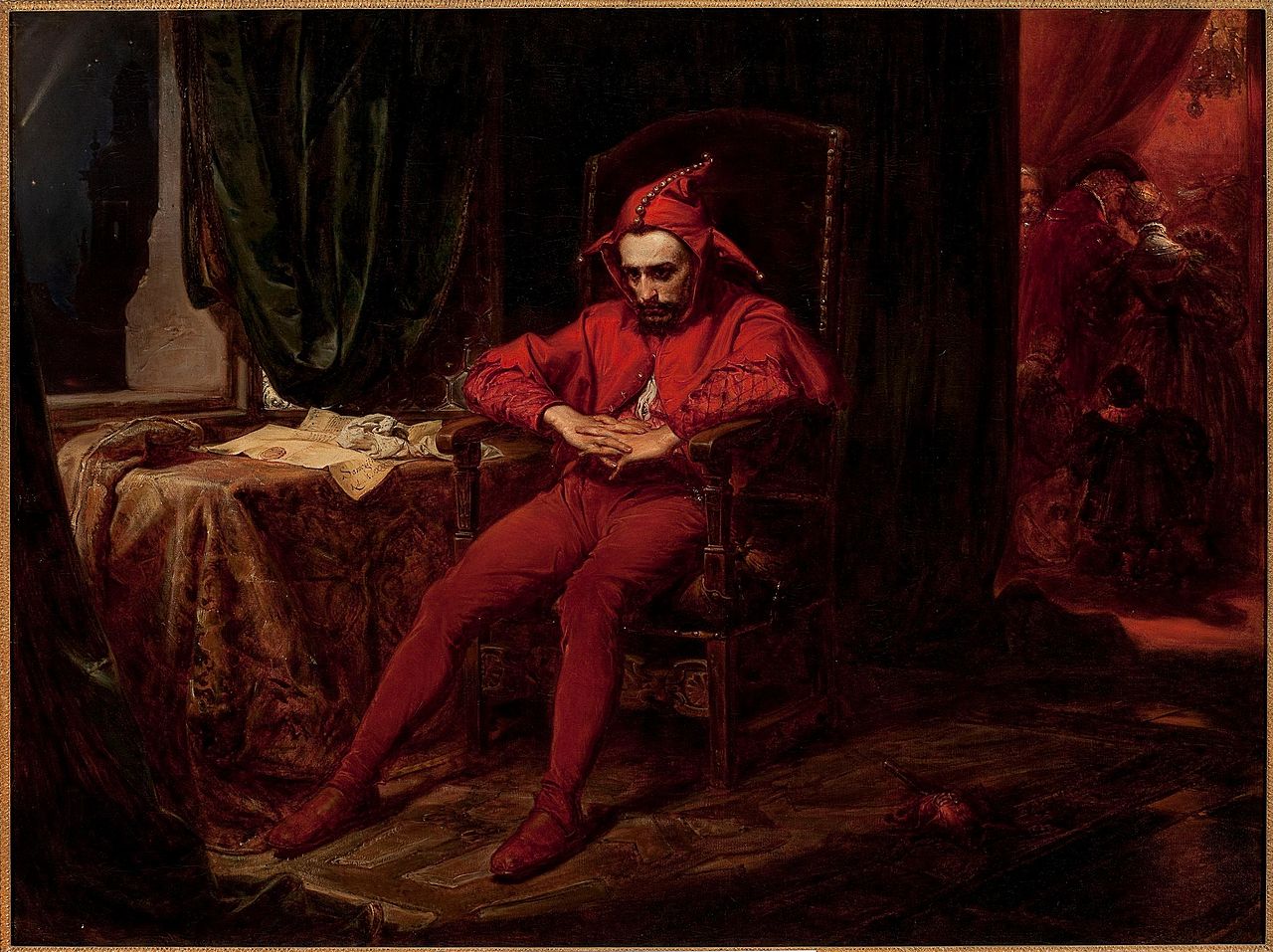 |
| Stanczyk 1863 |
The late nineteenth century was one of the most transformative periods in western civilization. The industrial revolution had evolved many countries from small rural confederations of territories into urban, industrialized nation-states with economies, governments, armies and often empires. The growing competition between these nations was fierce, in what we would now recognize today as a corporate branding war. This new brand identification was known as Nationalism and every nation from Britain to France and America was busily building the origin stories of their nations and defining what their nation stood for building brand loyalty. One of the most important designers of these nationalist stories was the artist. In a time before film or broad literacy the artist was an indispensable promoter of the national identity, bringing to life the heroes of a nations past. In the developing nation of Poland, a country struggling under the governance of Imperial Russia, with England and France dominating as world super powers, Nationalist Art was an important propaganda tool for self promotion. One of the most famous of these Polish history painters was Jan Matejko (1838-1893).
Born in Krakow Matejko studied at the Krakow School of Fine Arts and the Munich Academy of Fine Arts, where he honed his skills and began his work on Polish history paintings. In 1865 a Polish uprising against Russia was formative in Matejko’s work pushing his politics more earnestly towards patriotic Polish subjects. By the 1870’s Matejko’s works were routinely being displayed in the Paris Salon Exhibitions and winning awards garnering him and his homeland international acclaim. These colossal and opulent paintings became the hallmark of Matejko’s career, seemingly attempting to outdo himself in detail and embellished pageantry in each canvas. Before the age of cinema these paintings were the precursors to today’s CGI summer blockbusters using casts of hundreds and thousands in frozen, posed tableaus, replete with set design and costumes. His portraits however showcase all of his prodigious talents as a painter with more restraint. In 1872 Matejko became director for the Prague Academy of Fine Arts where his teachings and style became influential for an entire generation of Polish painters.
After Matekjo’s death in 1893 the international taste for large, academic, nationalist, historical paintings had drastically faded. New modern painters dominated the galleries and salons of Paris for the early part of the twentieth century. During WWII many of the Matejko’s works were seen as too political for the occupying Nazi forces of Poland and some were destroyed. After the war, The People’s Republic of Poland saw Soviet domination behind the Iron Curtain limiting the west’s study and appreciation for Matejko’s work, coupled with the rise of Mid-Century Modernism allowed the international community to all but forget Matejko’s work. Poland extricated itself from the Warsaw Pact in 1990 opening up markets and travel to the west along with visitors to the Museum collections in Prague and Krakow. Along with the artists that emigrated around the world came forgotten Polish art including Jan Matejko.
Personally, I fondly remember a student that I had in the late nineties who had emigrated from Poland to the United States. She was a talented painter and we developed a friendship even after our class was over. When I was moving away she gifted me with a book of Polish painting that she had brought with her from Poland. I had never heard of any of the artists in that book and that was my first introduction to Matejko. I still have that book and I keep it as a prized possession.
Video Slide Gallery of Jan Matejko:
https://www.youtube.com/watch?v=TKSv107btgY
Gallery of Matejko’s paintings:
 |
| The Battle of Grunwald 1878 |
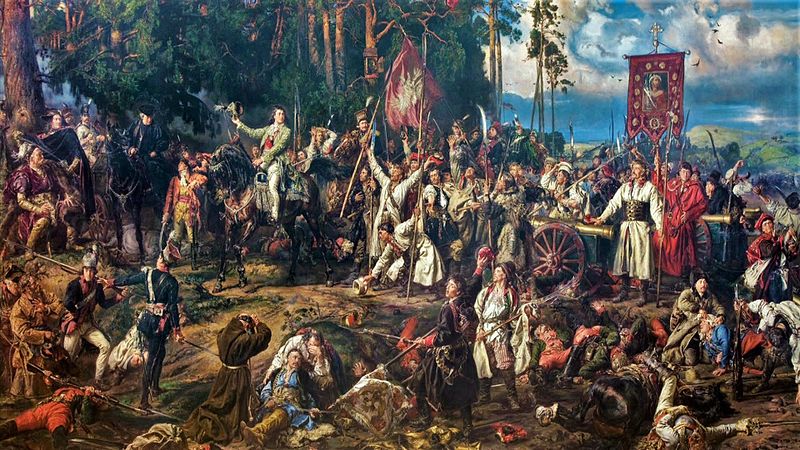 |
| The Battle of Raclawice 1888 |
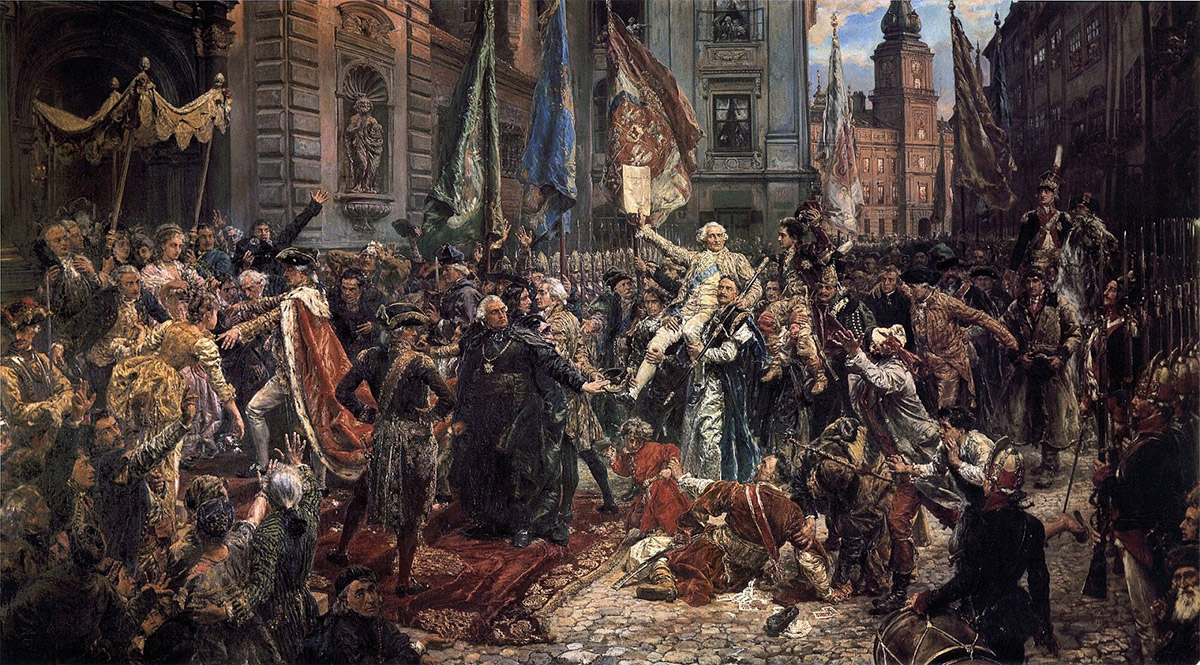 |
| Constitution May 3, 1791. 1891 |
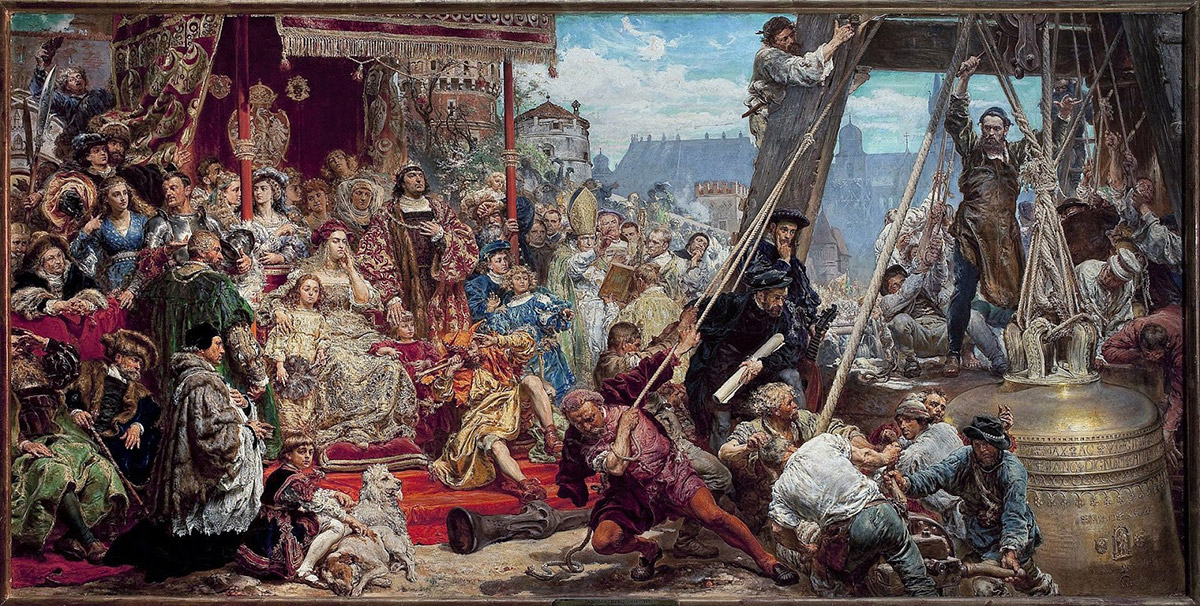 |
| The Hanging of the Zygmunt Bell 1873 |
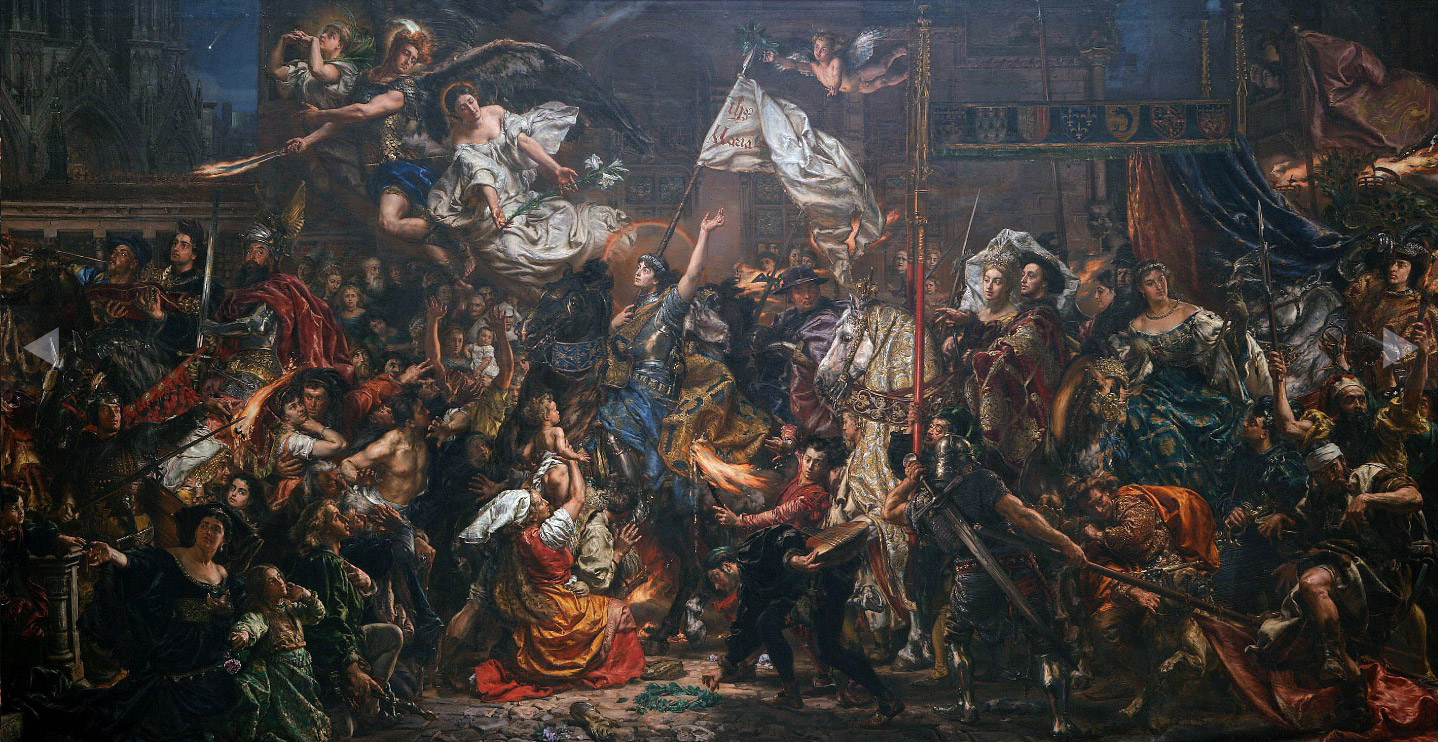 |
| The Maid of Orleans 1886 |
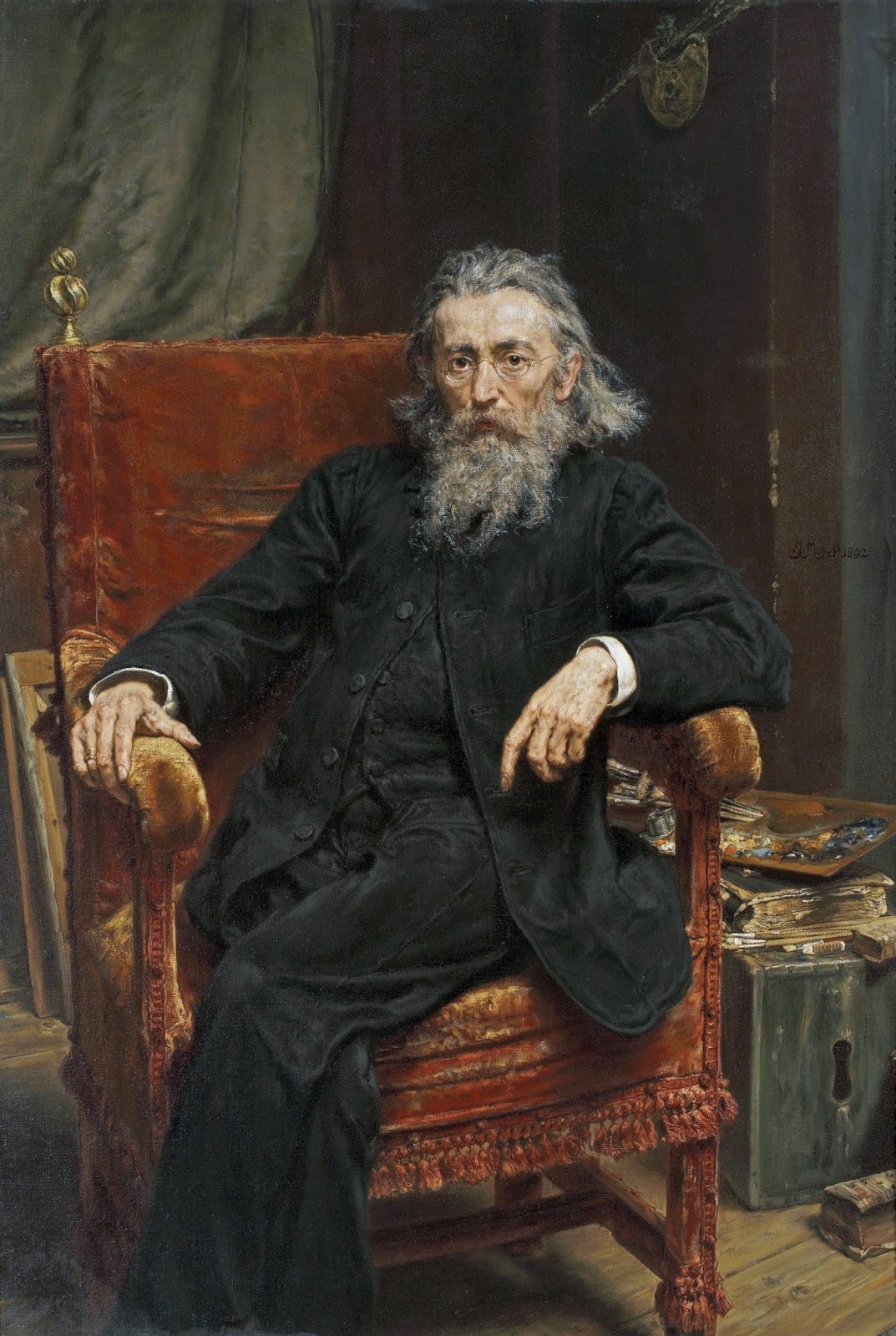 |
| Self Portrait 1891 |


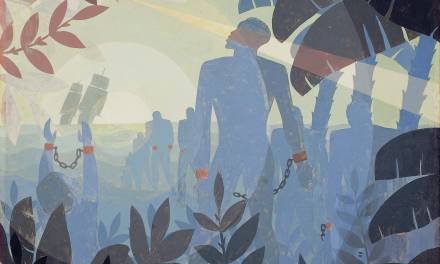
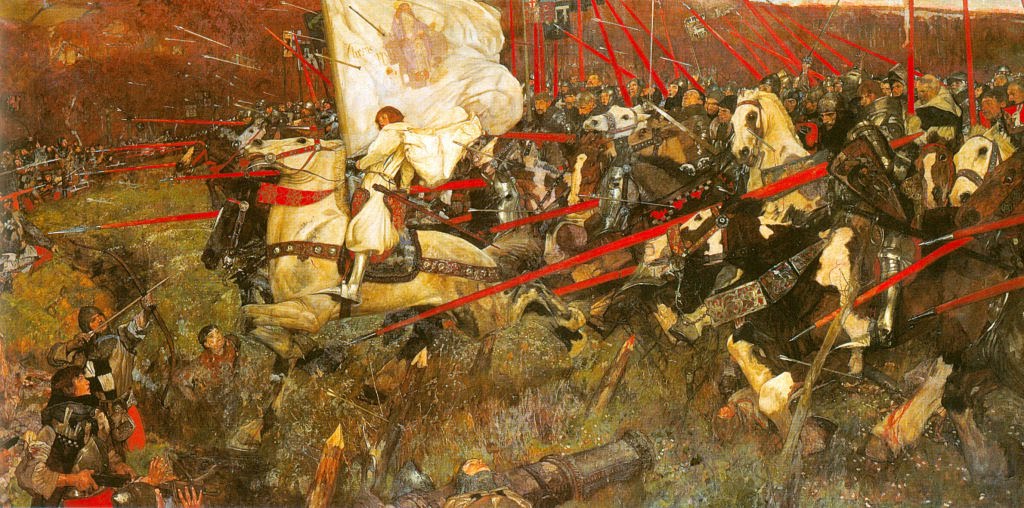
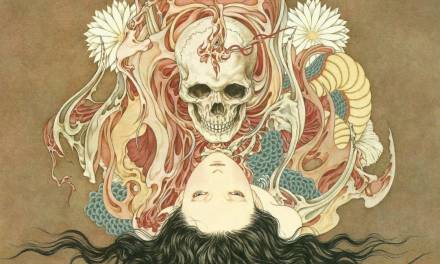
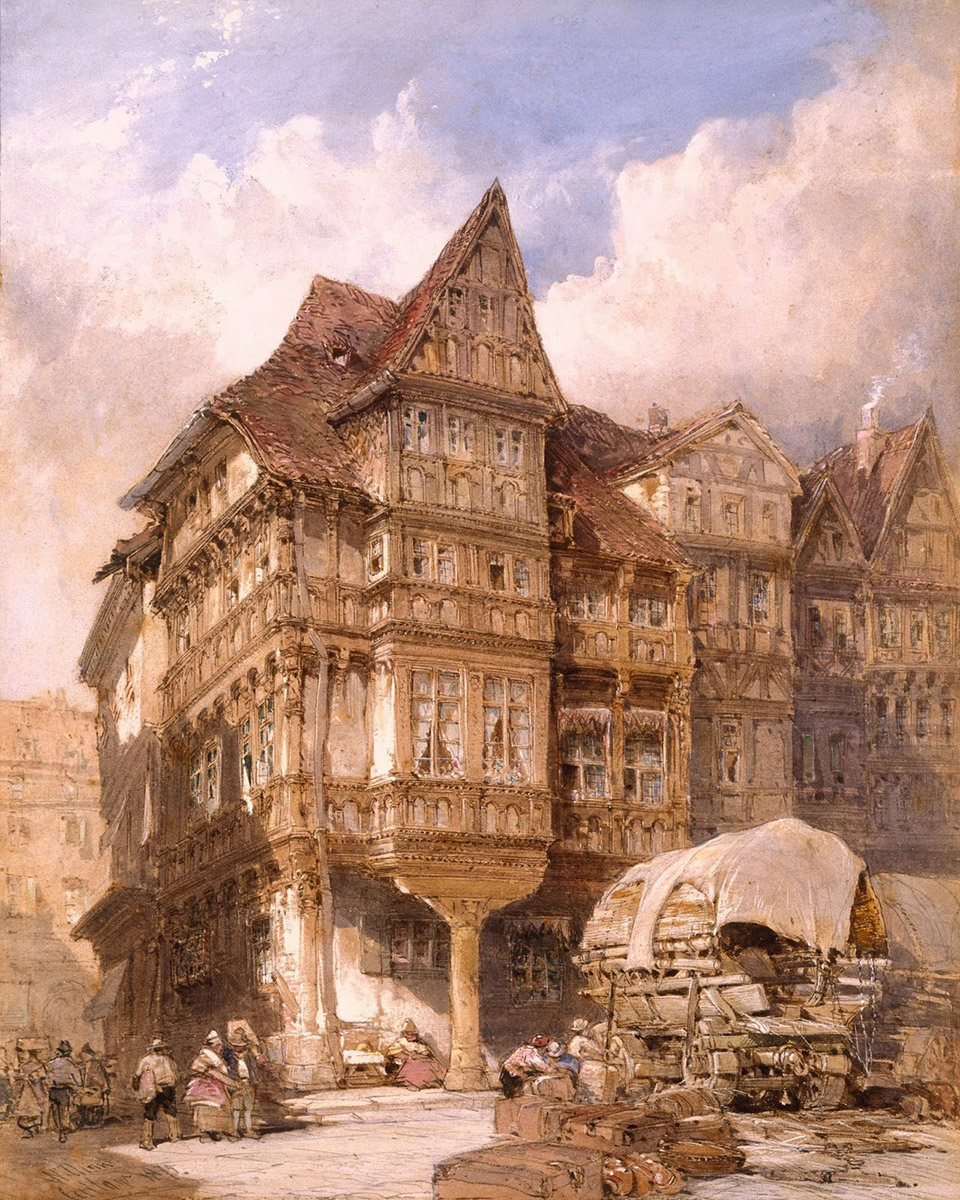

Magnificent works! So many characters, and each very much unique, that it almost becomes too much. Guess these canvases were so big that one could 'travel inside' these scenes for hours and still find little side stories. Love it!
A great posting. I love the way he populates the canvas,so much going on.
The political power of art was/is immense. Besides the Nationalism one only has to look at history books to see the cartooning and lampooning.
The trend continued, in Britain, for example, the advent of Television was used to inspire the population to patriotism. The Royal Family became accessible to the common man for the first time. Events like the “Grand National” steeplechase and Oxford v Cambridge University Boat Race – formally the areas of the rich – were now shown on TV and entered into the national culture……. It is the 'Boat Race' this afternoon, the nation will watch on TV, whilst 100 years ago it was an unknown event to the person-in-the-street.
Beautiful work, the compositions are so dynamic and filled with well-balanced details that you can completely lose yourself in them. I also appreciate how he so seamlessly leaves realism behind in favour of expression and design in some areas of the paintings. Hats off!
Concerning the political aspects of the paintings and the period, I believe it can get problematic when we see these paintings as truthful historical documents of the events they're depicting, they're more historical documents of the times they were made in, but most importantly, I believe we should recognize them as simply beautiful works of art inspired by history.
Really cool paintings.
“The Battle of Grunwald” looks like a Jackson Pollock painting.
I think it is always better to understand the context in which an artist is working. to merely appreciate a work on its aesthetic level misses all of the underlying subtext that gives a work meaning. I love Metejko's paintings, but when I understand the political and cultural context he was working in I like it even more! Should we (or can we) look at an artist and her work without any understanding of the artist? That may make for an interesting discussion.
I'm from Poland and to see Jan Matejko's work here is so amazing! I've seen a lot of his work live and let me tell you – it's a real journey just to look at one. They're huuuge, detailed and well-executed. And for me, as a Pole, they have also very special meaning, reffering to our history and culture.